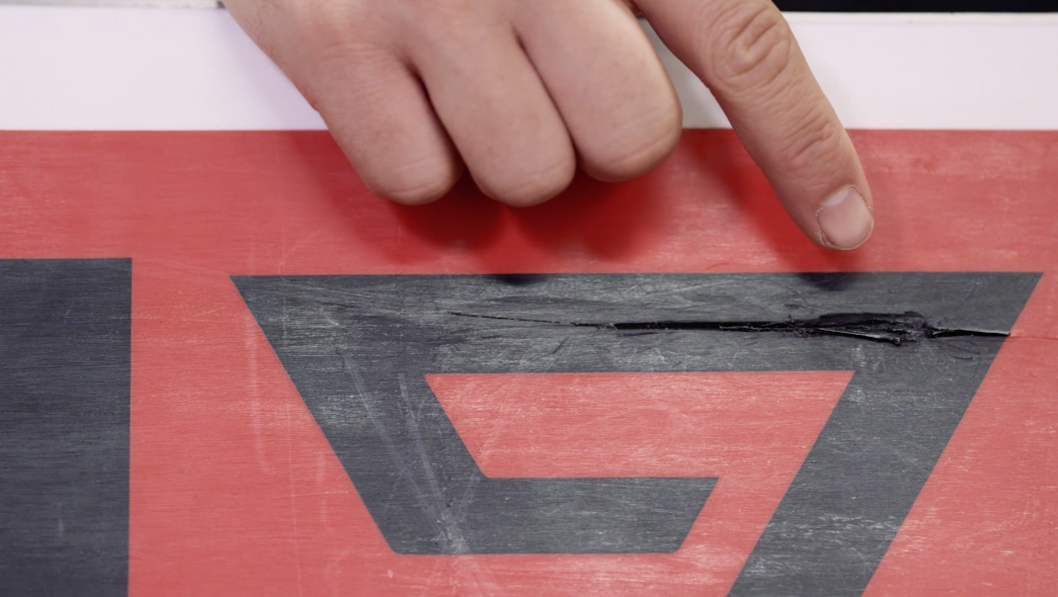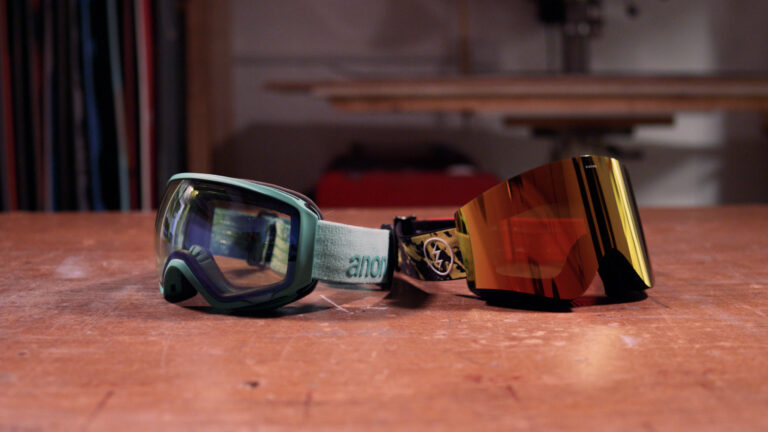Theres nothing worse than your day up the hill coming to a grinding halt when you hear the sound of rock scraping along the base of your board, to then finding a nasty ding underneath your prized possession. But don’t fear the worse, more often than not these deep scratches can easily be repaired in the comfort of your own home by following these simple steps.
















